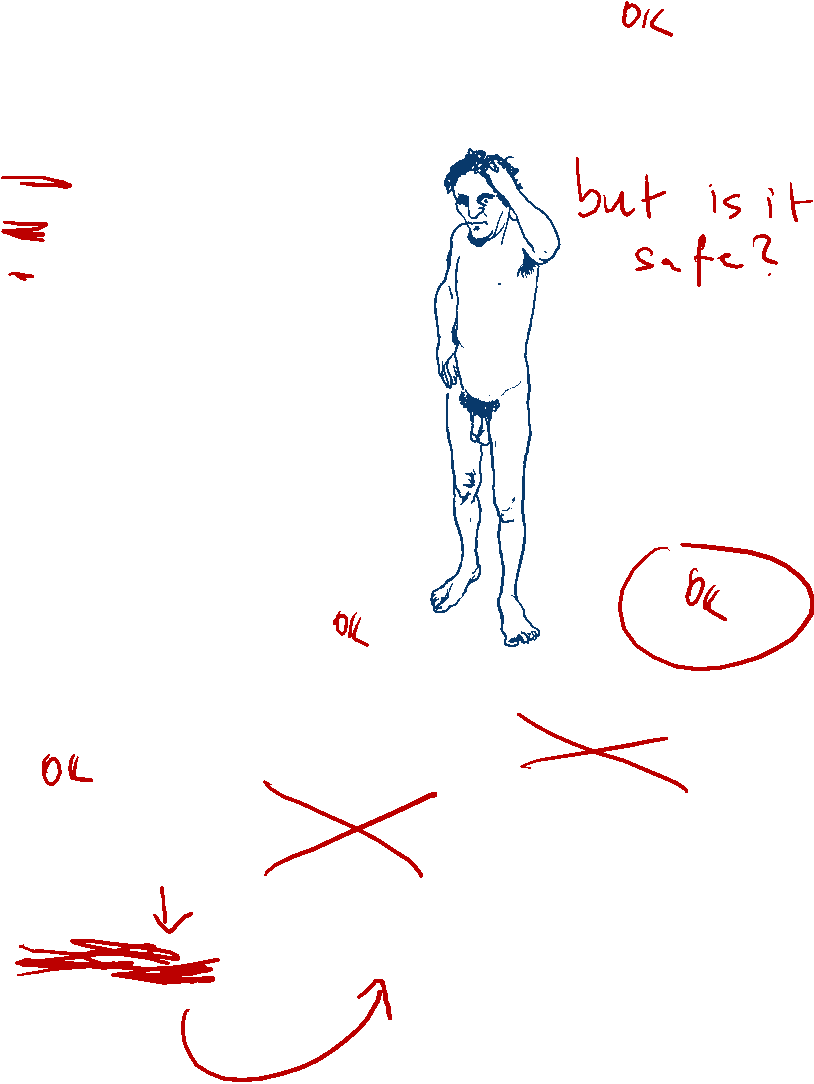For rail fanatics, the network of tracks criss-crossing Britain hold a particular allure.
Whether its London commuter trains connecting hills and cornfields to sprawling suburbs and bold skyscrapers – or sleeper trains to Scotland, where bleary-eyed passengers fall asleep in the city only to awake in spectacular mountain scenery.
For father-and-son team Robin and Taliesin Coombes, photographing trains in the British landscape never grows old.
Their collection of eye-catching rail images are now the subject of a new Amberley Publishing book “Railways in the British Landscape.”
“As a child it was everything about trains – toys then models, reading books and hours spent watching trains at the local station,” Robin Coombes tells CNN Travel.
Later, he worked as a rail manager and now he’s retired, studying for a doctorate in the governance and sustainability of heritage railways.
Taliesin, 24, inherited his father’s passion and he shares happy childhood memories spent on the railway, particularly in Wales, listing some of the highlights.
“Seeing steam trains for the first time on the Llangollen Railway,” he recalls. “Santa specials. The narrow-gauge trains on the Ffestiniog and Talyllyn Railways. Being taken to see one of the locomotives on the Ffestiniog Railway being named ‘Taliesin’…”
Railway magic
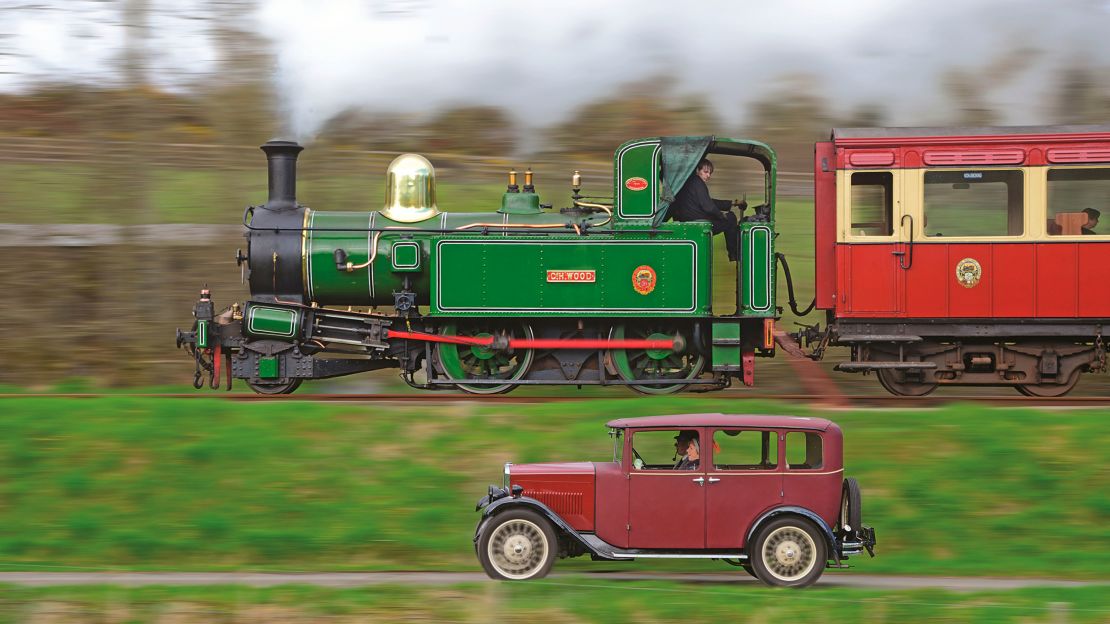
What makes the Coombes’ photographs stand out is their quirkiness. As well as more traditional shots of steam trains weaving through chocolate-box scenery, the duo also snap unconventional railway scenes.
One image, for example, depicts a steam train appearing to race a 1931 Swift Crusader car at Scanton, in the Isle of Man.
Another, very different, shot shows a locomotive speeding across Scotland’s striking Forth Rail Bridge. Robin and Taliesin took the picture while standing on the neighboring Forth Road Bridge and the result is a feeling of suspension above water.
“The Forth Bridge is simply such an iconic location but capturing the essence of the suspended structure, the vastness of the water under it is more difficult,” says Robin.
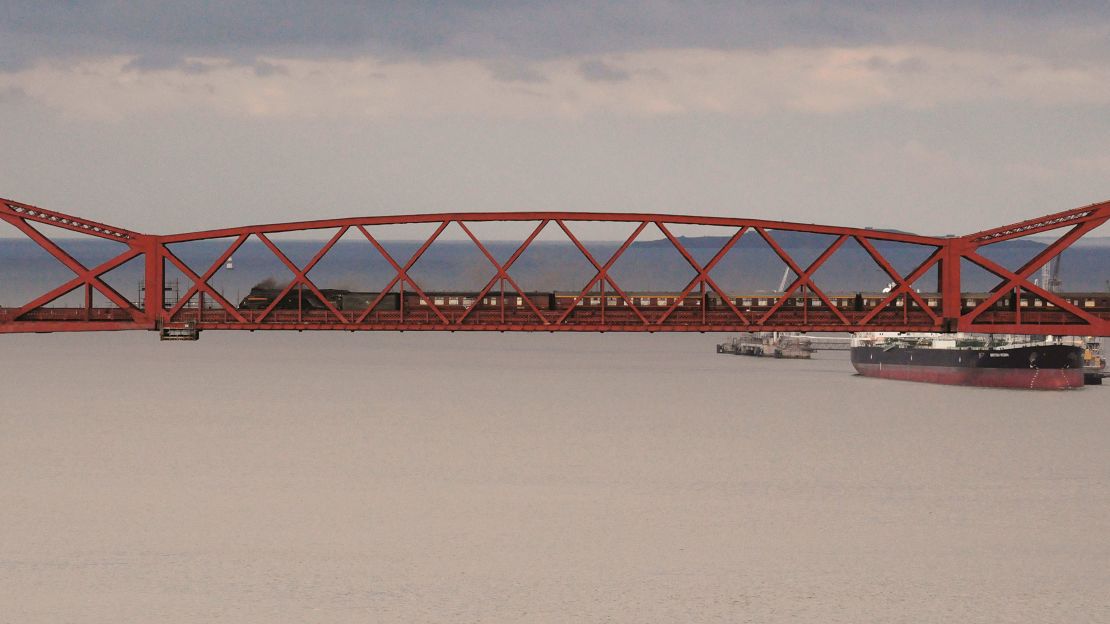
One of the motivators of this joint photography project was Robin getting to share iconic railway spots, such as the Forth Bridge, with his son.
“There are main famous locations that I missed seeing as a child and which I wanted Taliesin to see and experience.
He lists the seawall at Dawlish in the southern English county of Devon, where the track runs along spectacular coastline; the bleak village of Shap in Cumbria, where trains battle steep gradients as well as tough weather, the northern steam-era railway capital of York and the impressive Ribblehead Viaduct which strides across the Yorkshire Dales.
The duo adopt a democratic attitude with their images. They both use the same equipment and the images are always credited to both of them.
“We do not author the individual photographs so there is no bias in selection or feedback,” says Robin.
Unpredictable conditions
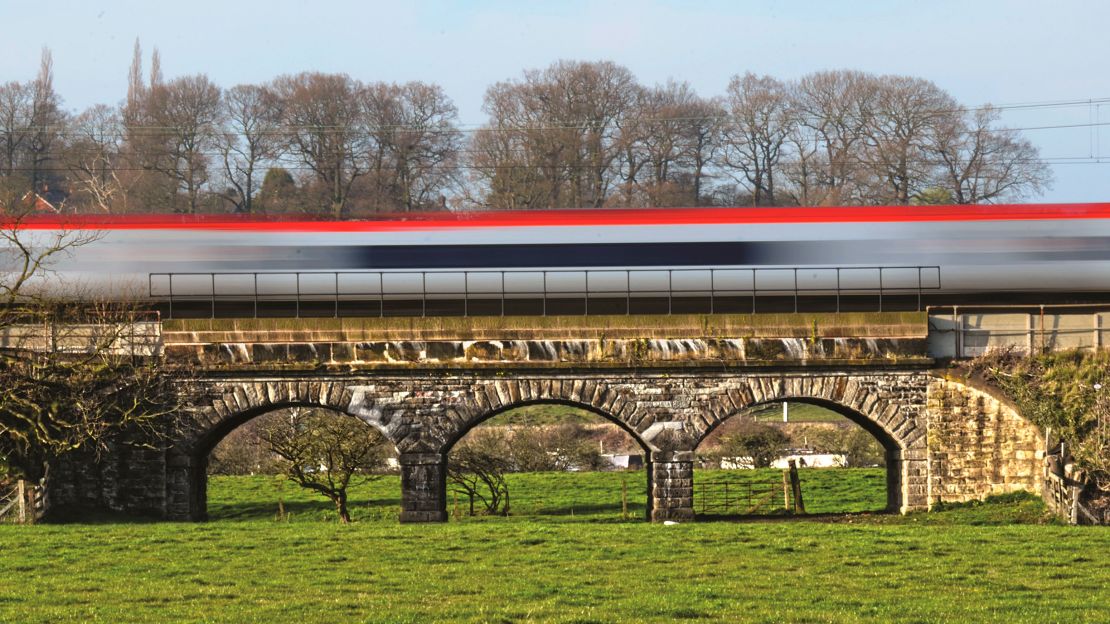
Robin and Taliesin both prefer working railways.
“Our first choice is always steam on the main line rather than a heritage railway,” says Robin.
Sometimes the resulting photographs juxtapose picturesque, traditional British scenes with modern, high-speed trains. Other times it’s the other way round, a steam train in an industrial hotspot.
The very nature of outdoor photography is unpredictable and the duo often face unprecedented challenges while trying to capture the perfect shot.
“Although we start with a plan, weather, late running, traffic jams or a thousand other things can change it, so you have to be flexible,” says Robin.
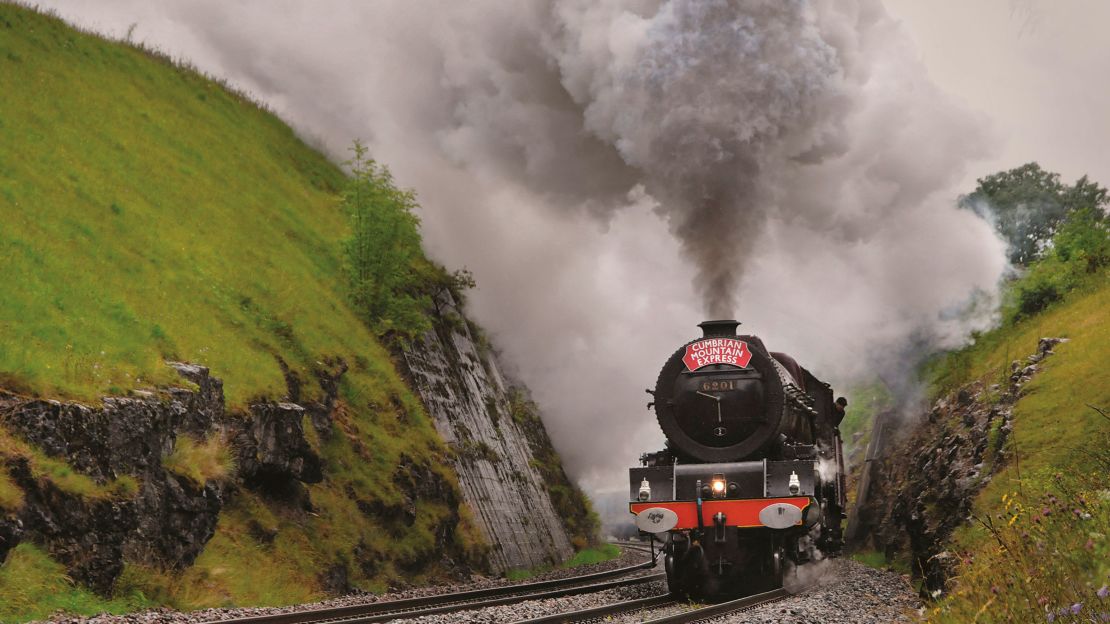
There are some decisions they have to make prior to setting off.
“There are perhaps only one or two chances to capture [a train] on its journey,” says Robin. “Should it be under the arched roof of a city terminal, racing along through gentle countryside, high up crossing one of the famous viaducts or working hard up one of the long gradients?”
Technical elements also have to be considered.
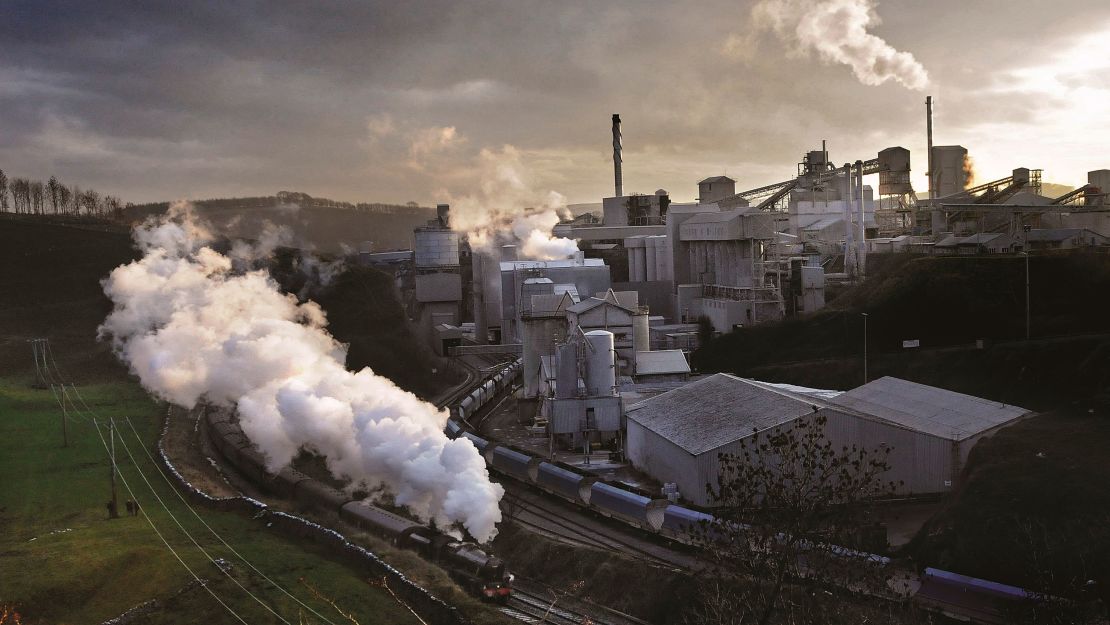
“Where will be the best lighting, which direction will the wind be blowing, what is the temperature, will it be cool enough for steam to show, how good a view will we get? Can we get to more than one place, do we compromise - take two ordinary shots or go for the single shot, where we have to walk miles to get a good vantage point?”
One handy aspect of their partnership is there are two people taking photographs at any given moment.
“We have found out, the difference between taking a master shot and an ordinary shot can be as little as standing a few inches apart,” says Robin.
Future travels
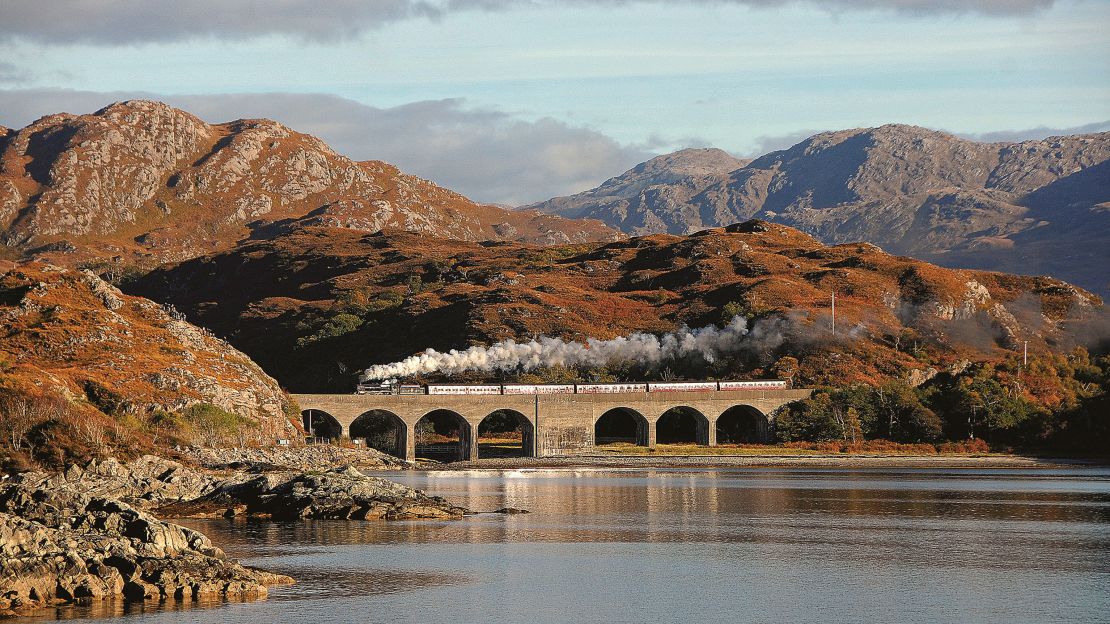
Taliesin is experimenting with his own photography style. “I guess now my photographic interests are wider than Dad’s,” he says. But the duo still want to work together again on more railway photography.
“We would like to do a book of our moody and more atmospheric railway images, a book of the people involved,” says Robin.

















